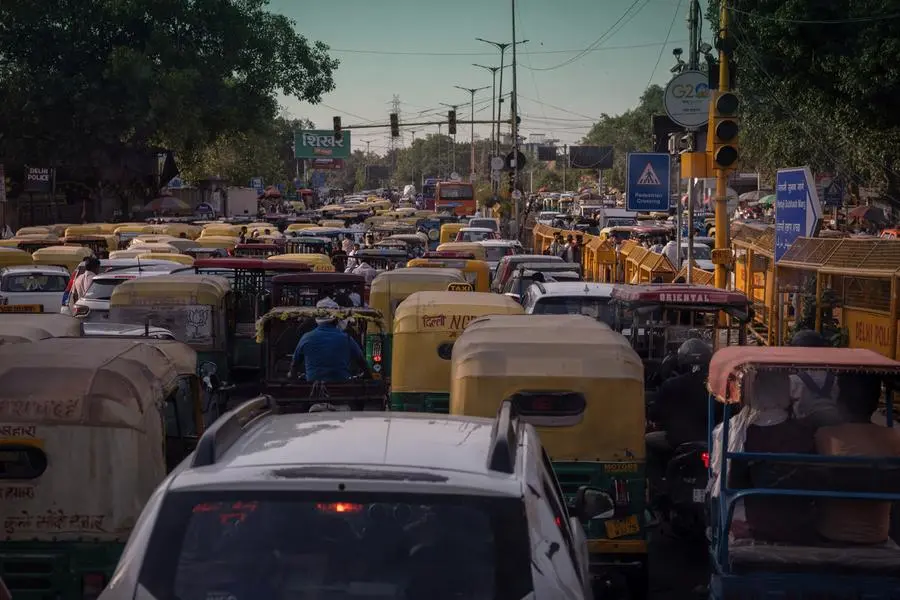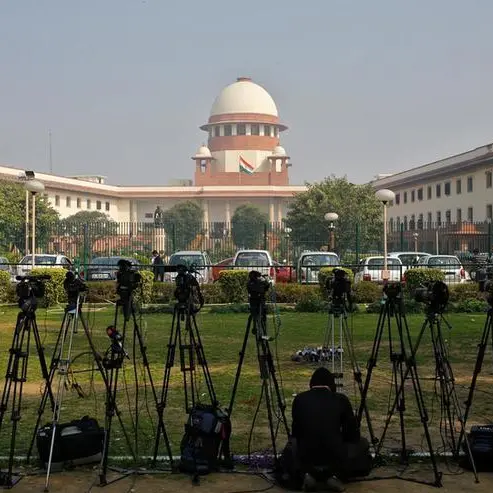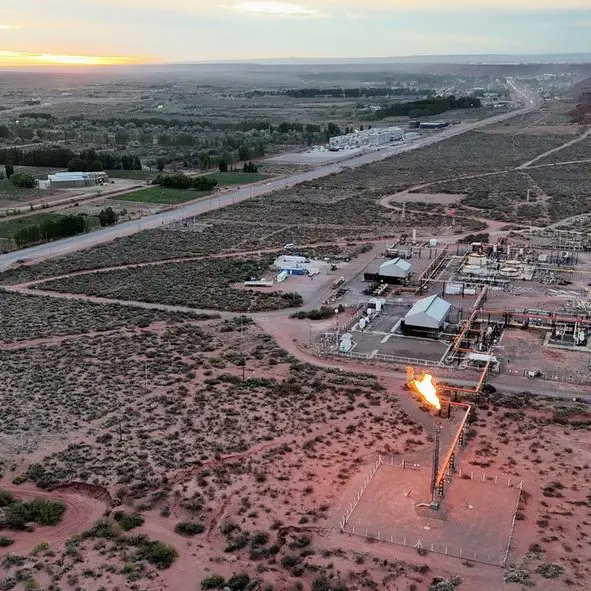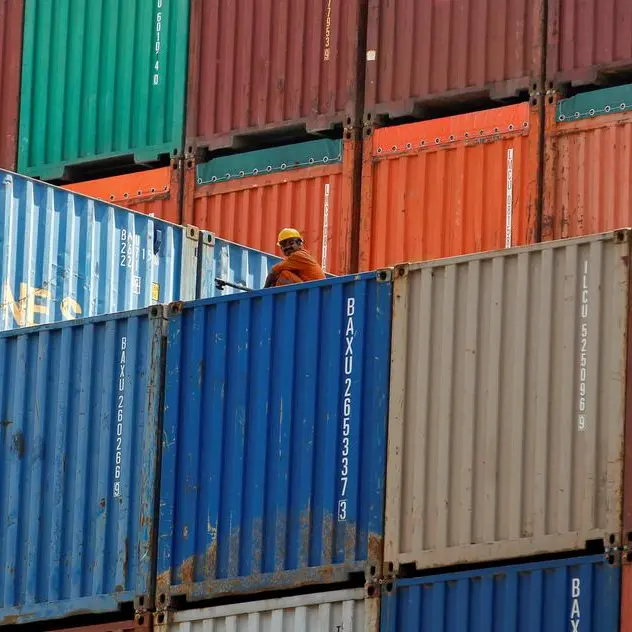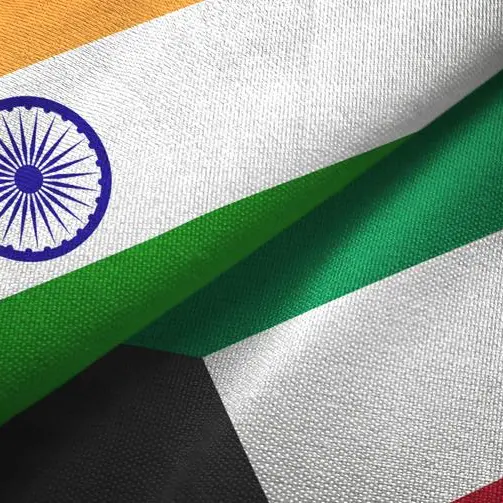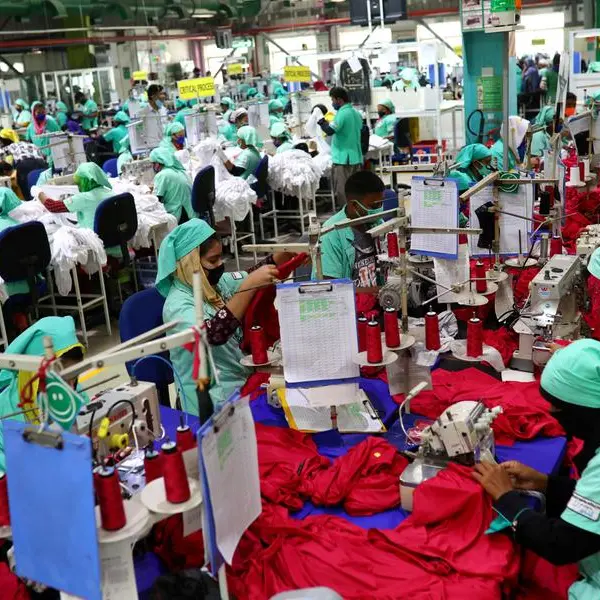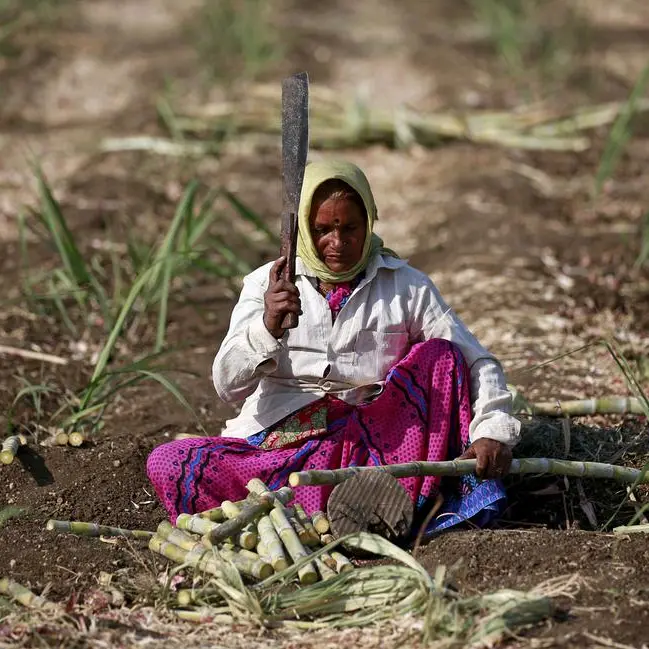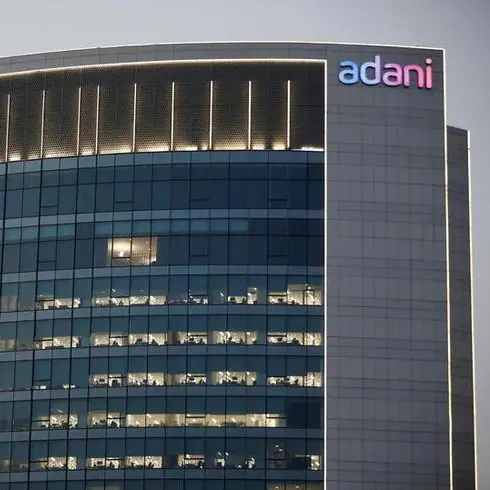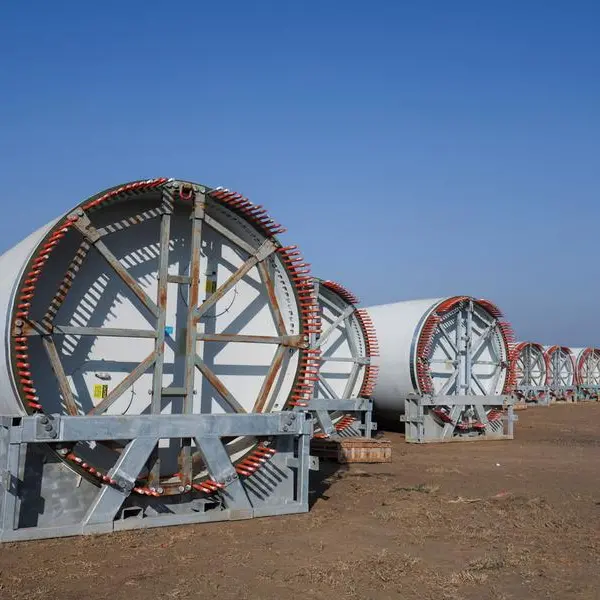PHOTO
The Nigerian student only popped out to repair his phone but he ended up in a New Delhi hospital, the latest victim of a brutal heatwave that has cost scores of lives, sent birds plummeting from the sky and tormented India's poorest workers.
On that sweltering June day, the business administration student collapsed in the street and strangers rushed him to the nearby Ram Manohar Lohia (RML) hospital, one of the country's largest.
When he was admitted, his body temperature had soared to over 41 degrees Celsius (106 degrees Fahrenheit) and he was very dehydrated, said Seema Wasnik, head of RML's emergency medicine department.
She immediately recognised the classic signs of heatstroke. More than 40,000 suspected heatstroke cases were recorded in India as a prolonged heatwave pushed temperatures above 40 C (104 F) on most days since May, with some areas hitting peaks of nearly 50 C (122 F). The young Nigerian was lucky. The RML hospital is equipped with one of India's first specialist heatstroke units, and doctors immersed him in an ice bath for 20 minutes to lower his temperature before moving him onto a ventilator.
His case was startling but not unusual - more than 30 patients have been treated in the unit since it opened in early May and five of those have died.
Heatstroke is caused when the body's core temperature goes above 40.6 C (105 F). It can lead to long-term organ damage and death, and symptoms include rapid breathing, confusion or seizures, and nausea.
The specialist unit at the RML hospital is equipped with ceramic bathtubs where patients can be cooled, ventilators and huge ice-making machines,
Wasnik said the hospital's director decided to open the unit after seeing that meteorologists were predicting an extremely hot summer.
"We hoped that once we set the precedent other (hospitals) would follow," she said.
And they did, spurred to action also by health ministry instructions to prepare for the prolonged and deadly heatwaves being forecast by weather experts.
As well as Delhi's RML hospital, a heatstroke unit was also opened in the All India Institute of Medical Sciences (AIIMS) in Bhubaneswar in Odisha state. These are the leading national hospitals in the country.
Across India several other hospitals reserved beds and laid on extra staff to deal with heatstroke patients.
"The attention now being given to the problem signals a commitment to act," said Srinath Reddy, an honorary distinguished professor associated with the Public Health Foundation of India, a health policy think tank.
"There is now no scope for apathy and no excuse for inertia as the climate emergency is scorching its signature on human bodies," he said.
'HEAT TRAP' CITIES
Across Asia, billions of people were exposed this summer to deadly temperatures for days on end with scientists attributing the intensity and duration of these heatwaves to human-driven climate change caused by greenhouse gas emissions.
So far this summer, from March to June, at least 110 people have died from heat-related illnesses in India, including scores of election workers during the recent vote. Northwest and eastern India recorded more than twice the usual number of heatwave days.
Hot winds during the day and relentlessly high temperatures at night meant there was no relief, and the agony was intensified for millions of the country's poorest citizens by water shortages and power cuts.
Authorities described cities as "heat traps".
And even as scattered rains began in late June, heralding the beginning of the monsoon season, Reddy said public pressure for more action to mitigate the effects of future heatwaves would grow.
"There is now an anxious public's demand for an effective government response and acceptance by pressured policymakers of the need to act with alacrity for protecting lives," said Reddy.
Doctors from RML and AIIMS, Bhubaneswar told the Thomson Reuters Foundation that more than 90% of the patients they treated for heat-related conditions were outdoor workers, including security guards, migrant labourers and street vendors.
"Extreme heat aggravates existing income and health inequities," said Hisham Mundol, chief adviser at the Environmental Defense Fund, India.
The poorest were unable to adjust their lifestyles to seek shelter from the heat by, for example, taking time off work, and also could not afford air conditioning, Mundol said.
They were also more likely to seek help at crowded public hospitals, where services were under immense strain because of the number of heat-related cases.
The extent of the problem was revealed in a nationwide survey of over 12,000 people across 20 states and union territories by the Centre for Rapid Insights (CRI), which showed that 45% of the households surveyed said at least one person fell ill from the heat in May.
Of those affected, over 67% had family members who were sick for more than five days, and the poorest people were hit particularly hard, the survey showed.
Dillip Kumar Parida, medical superintendent at AIIMS, Bhubaneswar, said his institute had also opened a critical care unit for heatstroke patients but more needed to be done to keep pace with the effects of runaway global warming.
"The health system will have to prepare for that and stay ready so we are not caught by surprise like we were during Covid," he said.
"Fighting with Mother Nature is impossible; we can only predict, prepare and spread awareness to deal with what is to come in the future," he said.
(Reporting by Bhasker Tripathi @BhaskerTripathi; Editing by Clar Ni Chonghaile)
